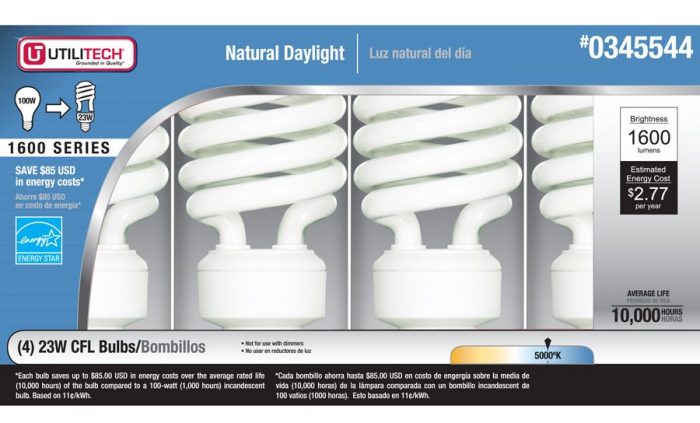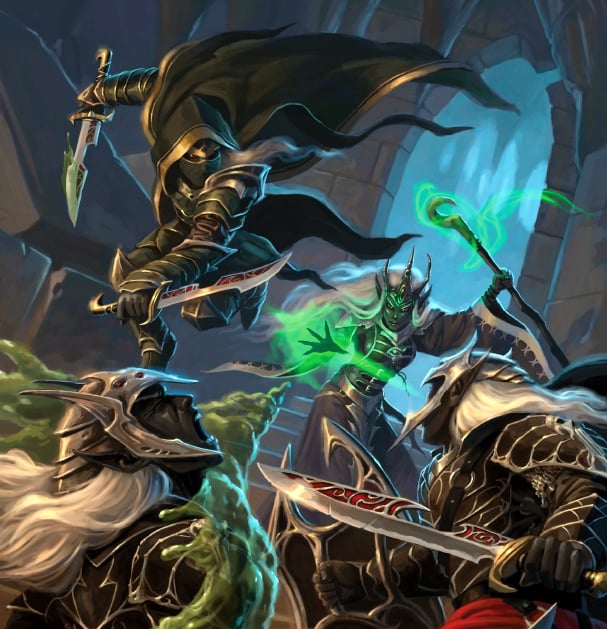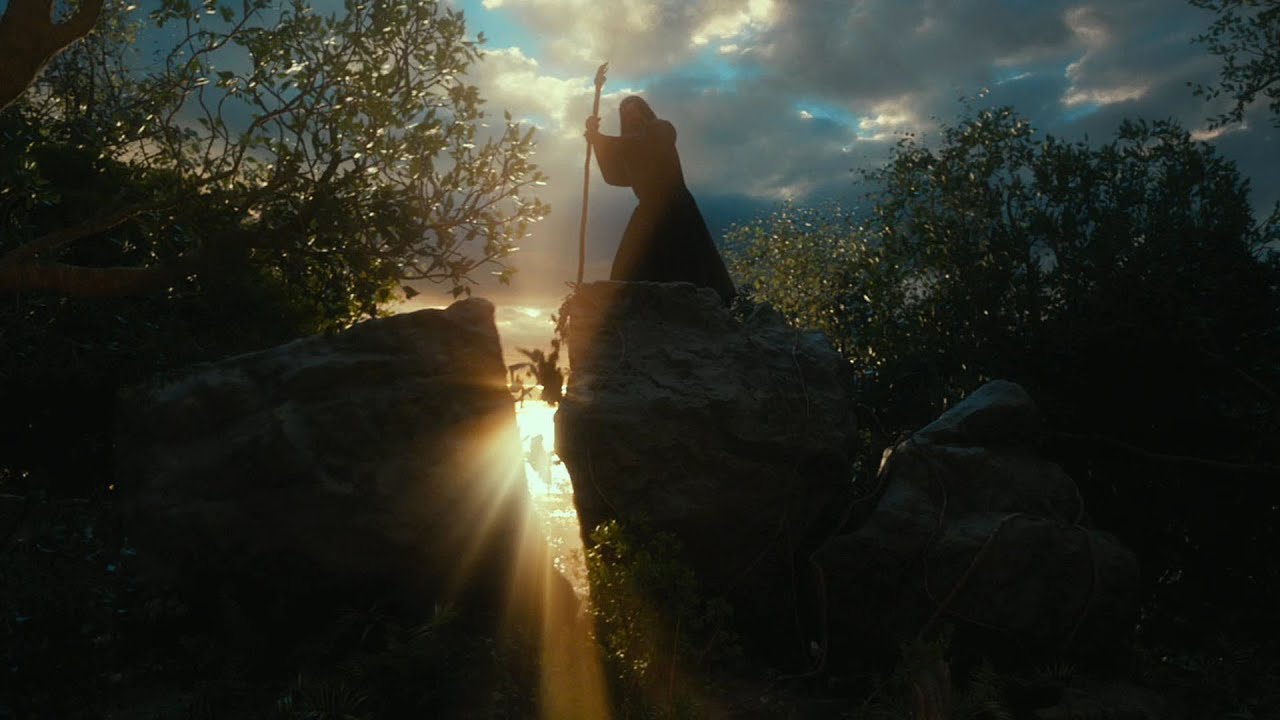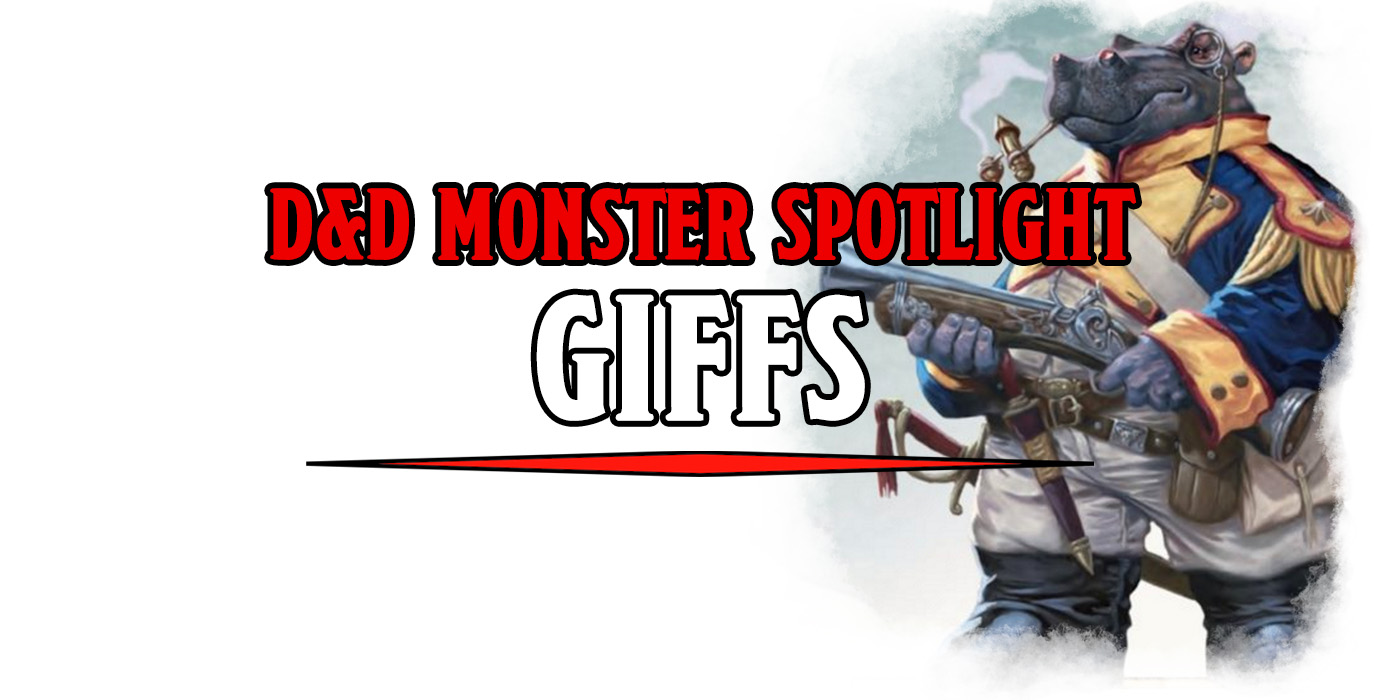Five D&D Spells For Lighting Up the Night
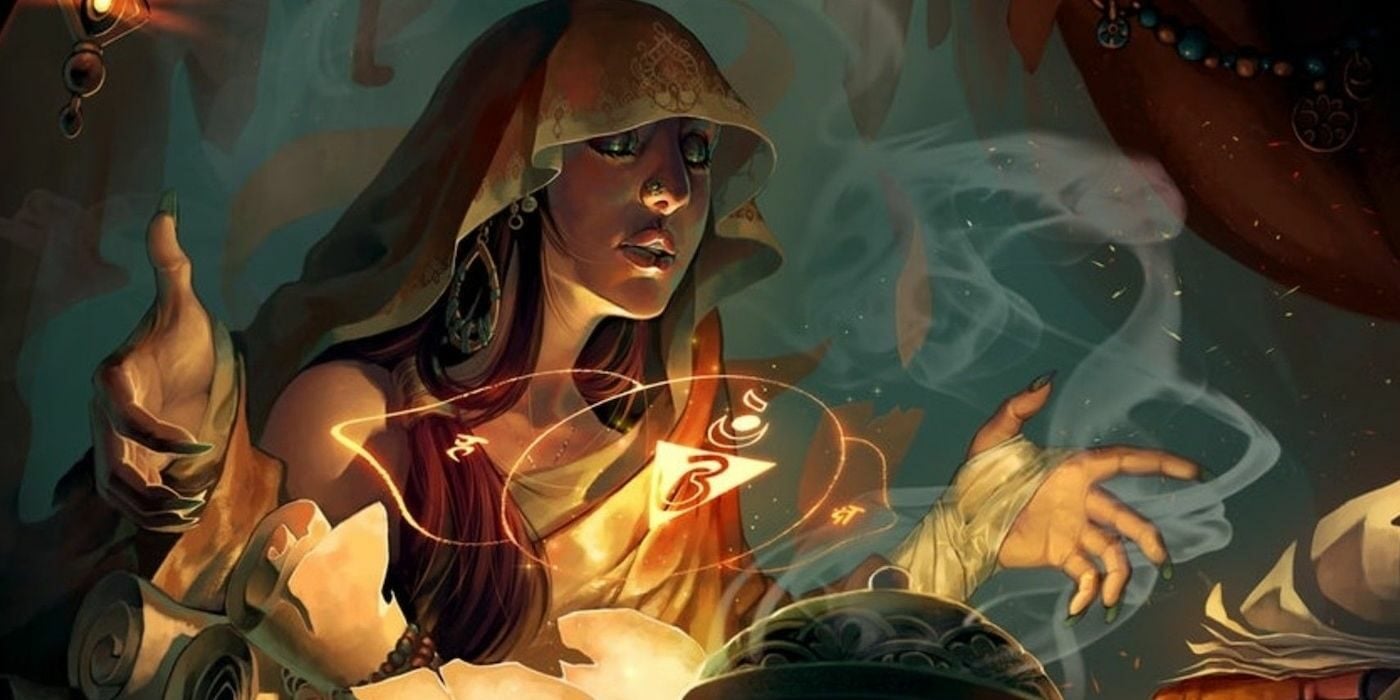
Even shadow creatures need light from time to time. With these five spells, you’ll always be a light in the dark places of your world.
Vision is one of the most often overlooked aspects of D&D. A big part of this is because it’s easy for players to build a party with every character able to see in the dark. But even with Darkvision, which again, easy to get, you still need a light. Otherwise, you’ll always be at a disadavantage. And I’m not speaking metaphorically. Those are literally the rules (emphasis ours):
“A monster with darkvision can see in the dark within a specific radius. The monster can see in dim light within the radius as if it were bright light, and in darkness as if it were dim light. The monster can’t discern color in darkness, only shades of gray. Many creatures that live underground have this special sense.”
In the dark? You can’t see in color. And in dim light, your perception checks (relying on sight) are all at disadvantage. Want to see beyond your darkvision radius (generally 60 feet?) No luck, friends. Whatever way you shake it, eventually you’ll need a light. Fortunately, these magic spells have you covered.
Light
Light is a great way to see in the dark. And the Light cantrip is an easy way for most characters to not have to worry about carrying a torch. Granted, it’s a little bit smaller radius than a torch. But Light creates a 20 foot radius area of bright light, and another 20 feet beyond that of dim light light emanating from an object you touch. This can be a sword or shield. Maybe a helmet or wagon (as long as it’s smaller than 10 feet in any dimension).
This is easily the most convenient light spell. It doesn’t take concentration, lasts an hour, so you don’t have to continually recast it, and it’s easy to use.
Dancing Lights
The other Light Cantrip. This one is way more situational than your average Light spell. It’s really mostly for tactical lighting. Since you can create four glowing orbs of light that shed dim light out to 10 feet. It’s perfect for setting up a darkvision-powered ambush.
Caleb Widowgast in Critical Role’s Campaign 2 often used the spell to good effect. The other big advantage this spell has is that you can move them up to 60 feet with a bonus action. But, it takes your concentration. So you might want to be careful when using this one.
Daylight
Daylight is your average Light spell but turned all the way up. With it, you create a 60-foot-radius sphere of bright light that either floats in the air or emanates from an object you choose. Much like Light, Daylight’s 60 foot sphere is actually a 120 foot sphere, as dim light extends 60 feet beyond the 60 foot radius of bright light.
And it has the upshot of dispelling any darkness created by a spell of 3rd level or lower.
Faerie Fire
Faerie Fire is like the leveled up version of Dancing Lights. It’s a much more tactical spell than the other Light spells. Especially since you can choose to outline every object and creature within a 20 foot cube.
Creatures that fail their saving throw, and any object in the area, sheds dim light in a 10-foot radius for one minute. But! Any attack roll against an affected target has advantage. And the target can’t benefit from being invisible. Which is good, because even if you can see invisible creatures, they still get the benefits of advantage on attacks and disadvantage on attack rolls made against them. It’s weird. But it’s the rules as written, and as intended.
Dawn
It’s not just a soap. It’s a 5th level spell that shines down an actual column of bright sunlight. A 30-foot-radius, 40-foot-high cylinder of sunlight, to be precise. Which is important, because it will kill vampires. And do a few other things to creatures vulnerable to sunlight. But beyond that, the spell also deals 4d10 radiant damage any time a creature is caught in it at the end of their turn (or when it’s first cast).
And since it sticks around for a minute, you can move it with a bonus action and catch more people. Make sure that Dracula gets toasted.
Happy Adventuring!



